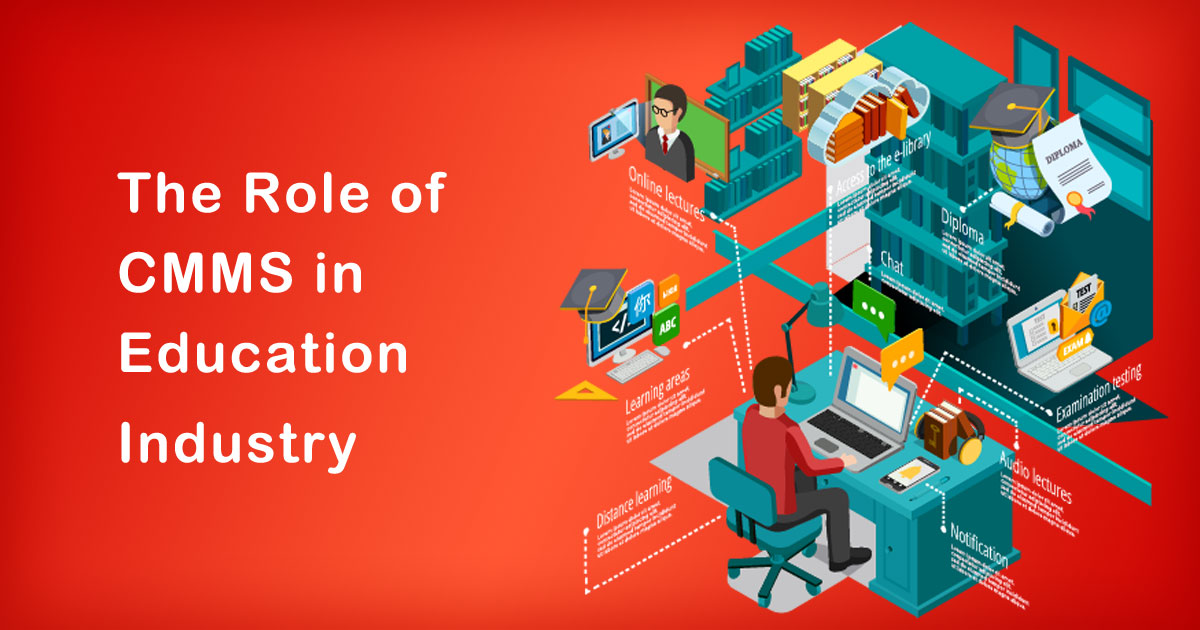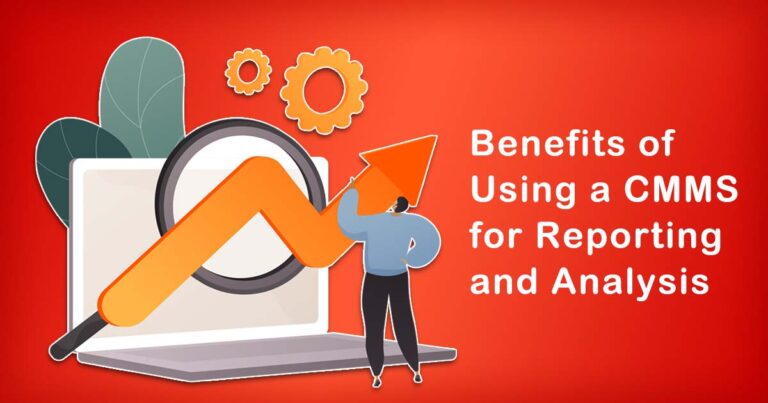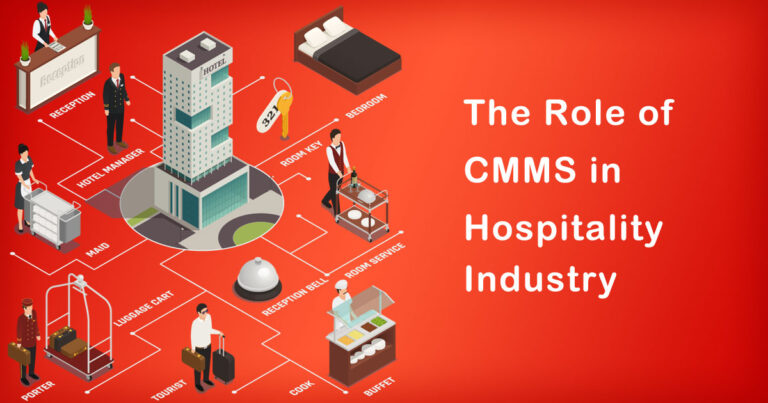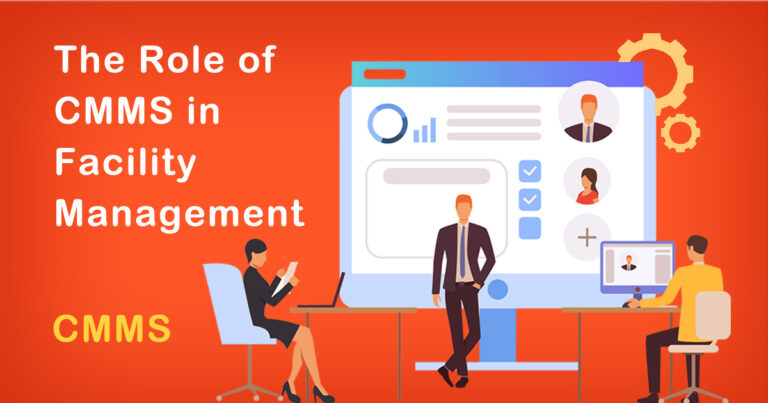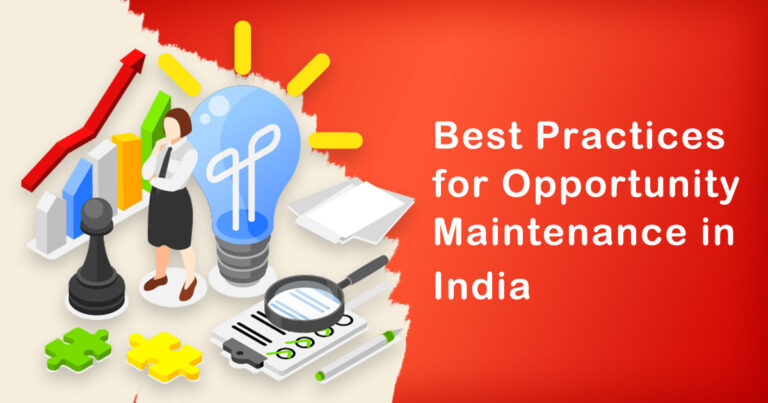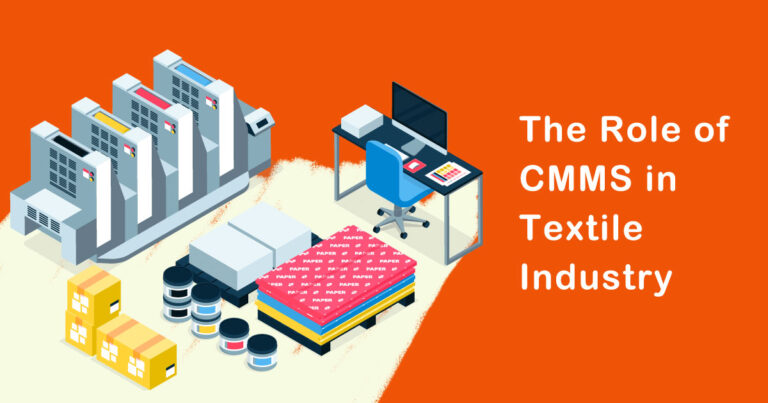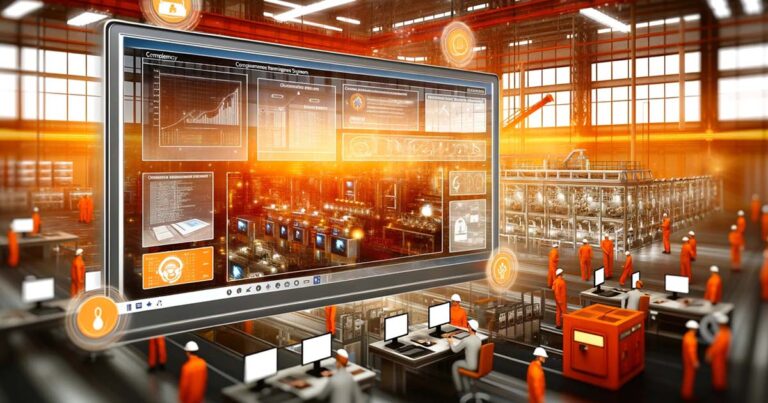Introduction
In today’s rapidly evolving world, educational institutions face numerous challenges in managing their operations efficiently. From maintaining facilities and equipment to ensuring the smooth functioning of administrative processes, educational institutions require effective systems to streamline their operations. This is where Computerized Maintenance Management Systems (CMMS) come into play. In this article, we will explore the role of CMMS in the education industry, with a focus on the Indian context. We will delve into the benefits, implementation strategies, and key considerations for adopting CMMS in educational institutions.
What is CMMS?
Computerized Maintenance Management System (CMMS) is a software application designed to streamline and automate maintenance and facility management tasks. It helps educational institutions efficiently manage their assets, maintenance schedules, work orders, inventory, and more. CMMS provides a centralized platform for tracking, organizing, and analyzing maintenance-related data, enabling institutions to optimize their operations.
Benefits of CMMS in Education
1 Enhanced Asset Management
Educational institutions often possess a wide range of assets, including buildings, classrooms, laboratories, and equipment. CMMS enables efficient asset management by providing a comprehensive database of assets, their maintenance histories, and scheduled maintenance activities. This helps institutions to track the condition of assets, plan preventive maintenance, and extend their lifespan, thereby reducing costs associated with asset replacement.
2 Improved Maintenance Planning and Execution
CMMS simplifies the maintenance planning process by automating work order generation, assigning tasks to maintenance staff, and tracking their progress. By streamlining maintenance workflows, educational institutions can ensure timely completion of repairs and preventive maintenance tasks. This results in improved operational efficiency, reduced downtime, and enhanced overall safety and comfort for students, faculty, and staff.
3 Optimal Resource Allocation
CMMS provides real-time visibility into maintenance activities, resource utilization, and costs. This enables educational institutions to make informed decisions regarding resource allocation and budgeting. By identifying areas of high maintenance costs and recurring issues, institutions can allocate resources strategically, optimize maintenance budgets, and ensure the effective use of available resources.
4 Compliance with Regulatory Requirements
Educational institutions are subject to various regulations and safety standards. CMMS facilitates compliance by enabling institutions to track and document maintenance activities, inspections, and certifications. By having a centralized system that stores all maintenance-related data, institutions can easily demonstrate compliance during audits, ensuring a safe and secure learning environment.
Implementing CMMS in Educational Institutions
1 Define Objectives and Requirements
Before implementing CMMS, educational institutions need to identify their objectives and requirements. This involves assessing the existing maintenance practices, understanding the institution’s unique needs, and defining key performance indicators (KPIs) to measure success. Clear objectives and requirements will help in selecting the most suitable CMMS solution.
2 Selecting the Right CMMS Software
Choosing the right CMMS software is crucial for successful implementation. Factors to consider include scalability, ease of use, integration capabilities, mobile accessibility, and support services. Additionally, the software should align with the specific requirements of educational institutions, such as managing academic calendars, scheduling maintenance during vacation periods, and generating customized reports for administrative purposes.
3 Data Migration and Training
During the implementation phase, it is important to migrate existing data to the CMMS system accurately. This may involve transferring asset information, maintenance histories, and work order records. Adequate training should be provided to maintenance staff and other relevant personnel to ensure they understand the new system and can utilize its features effectively.
4 Continuous Monitoring and Improvement
Once CMMS is implemented, it is essential to monitor its performance and continuously improve maintenance practices. Regular data analysis, reviewing KPIs, and seeking feedback from maintenance staff and end-users can help identify areas for improvement and optimize the system’s utilization.
Key Considerations for Indian Educational Institutions
1 Budget Constraints
Indian educational institutions often face budget constraints, and investing in CMMS may seem like a significant financial commitment. However, it is important to consider the long-term benefits and cost savings that CMMS can offer. Implementing CMMS can help educational institutions optimize resource allocation, reduce maintenance costs, and improve operational efficiency in the long run.
2 Customization for Indian Education System
CMMS solutions should be adaptable to the unique needs of the Indian education system. Features such as customizable reports for academic purposes, integration with existing administrative systems, and support for multiple regional languages can enhance the usability and effectiveness of CMMS in Indian educational institutions.
Conclusion
Computerized Maintenance Management Systems (CMMS) play a crucial role in the education industry, empowering educational institutions to optimize their operations, enhance asset management, and improve maintenance efficiency. With the benefits of streamlined workflows, optimized resource allocation, and compliance facilitation, CMMS is a valuable tool for educational institutions in India. By carefully implementing CMMS, educational institutions can create a safer, more efficient, and conducive learning environment for students and faculty alike.


